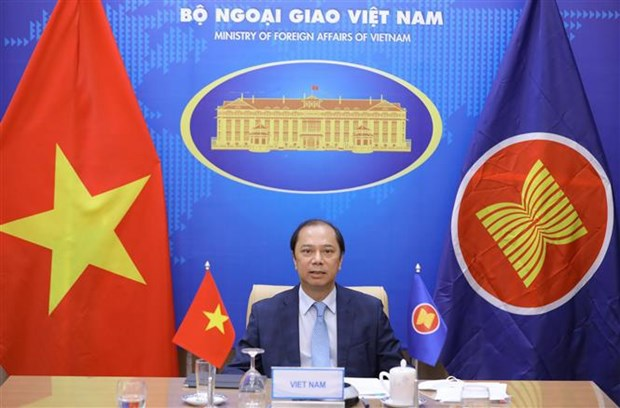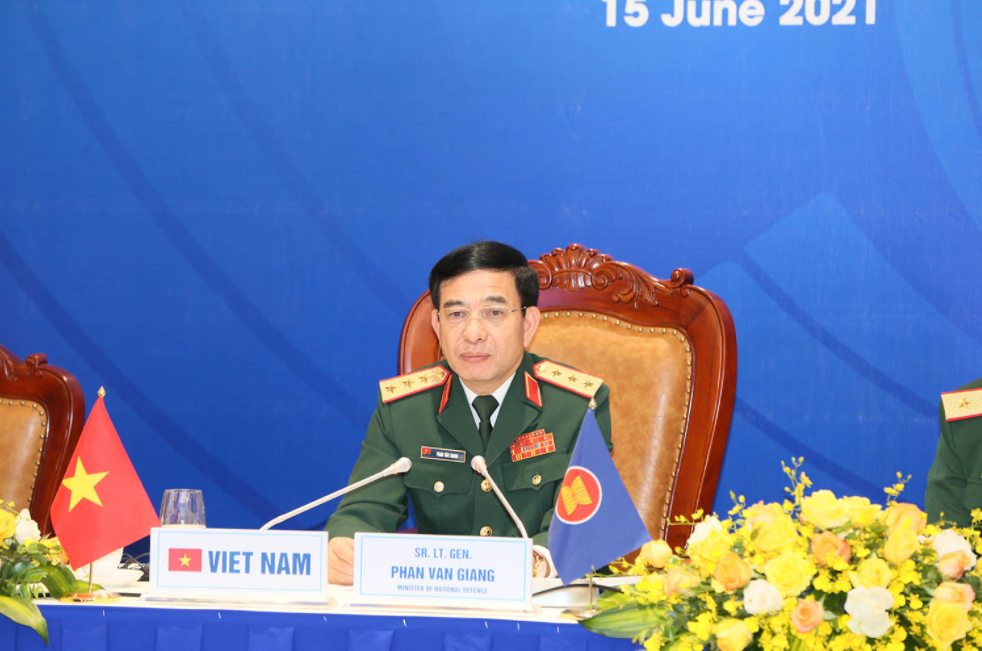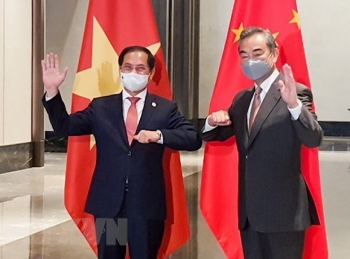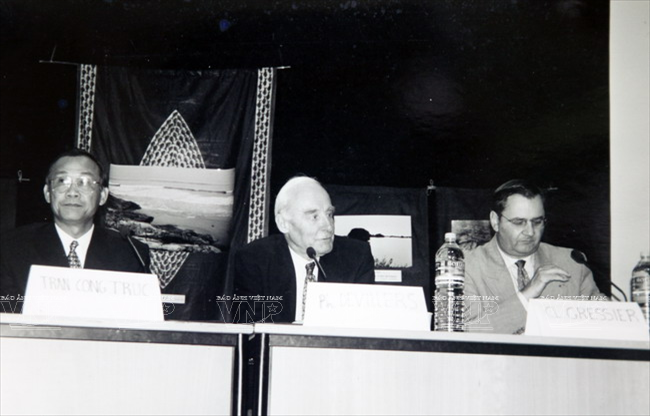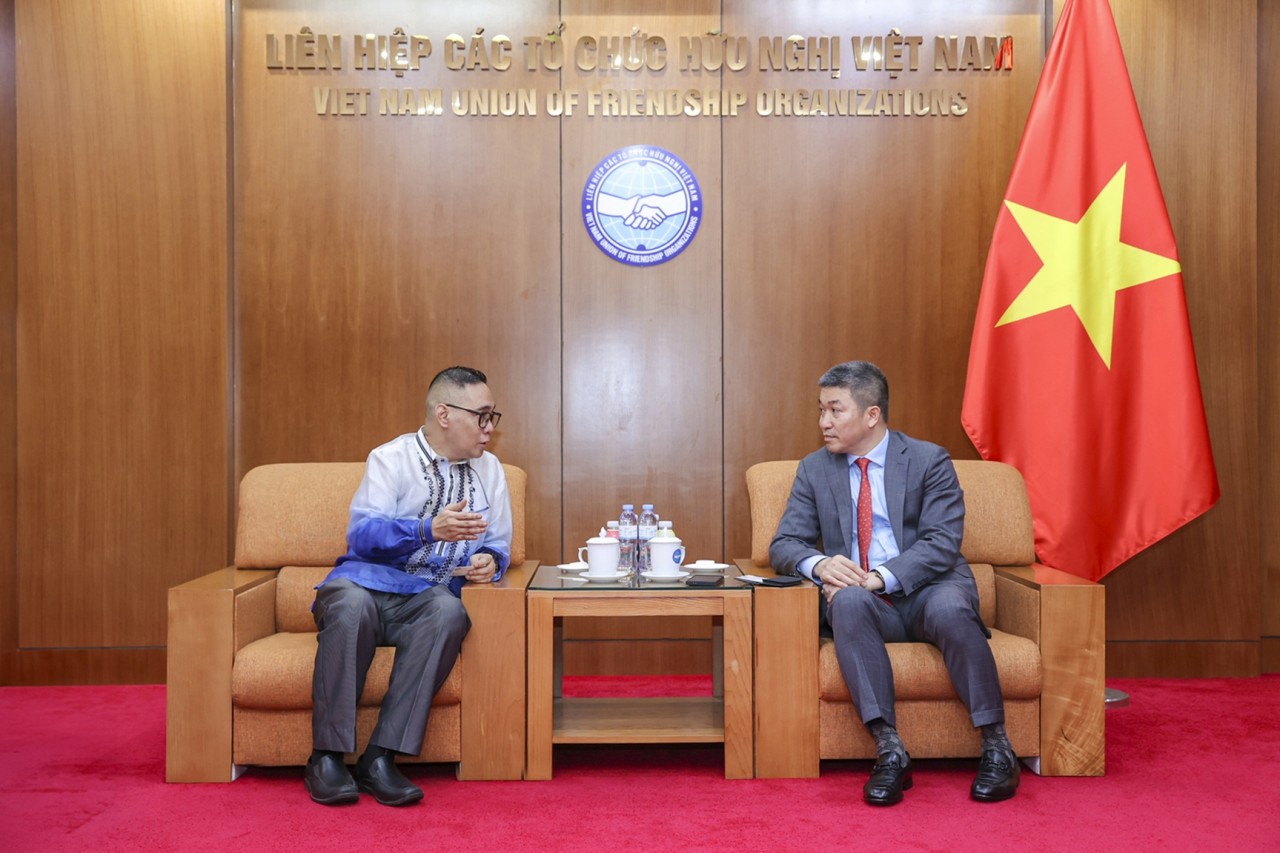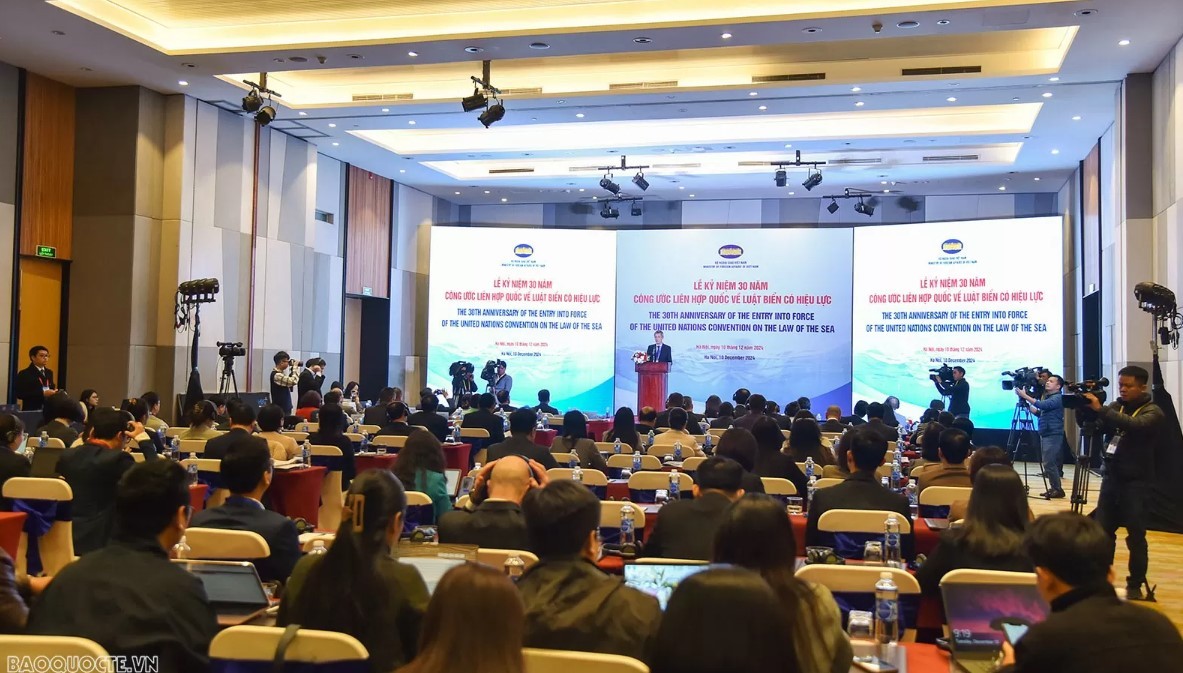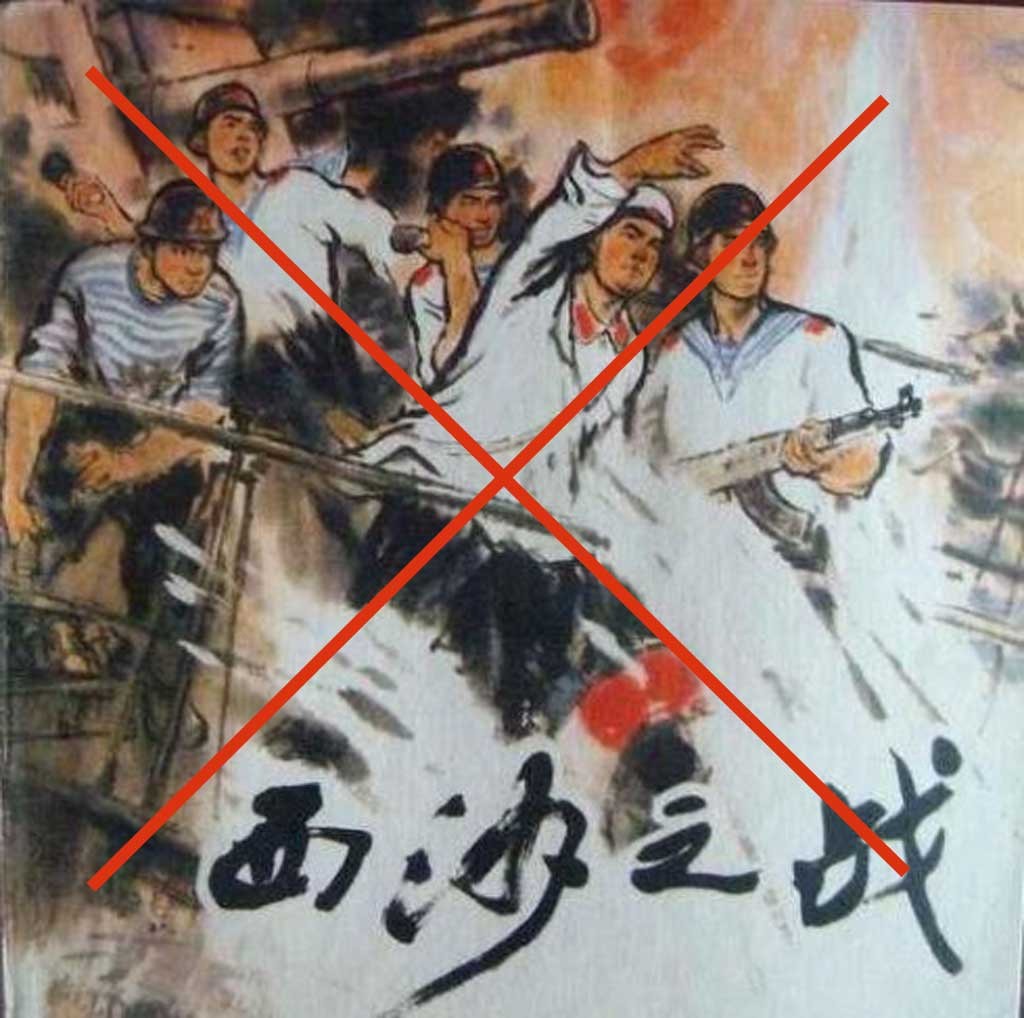Vietnam and Philippines Share Common Desire for Peace in Bien Dong Sea
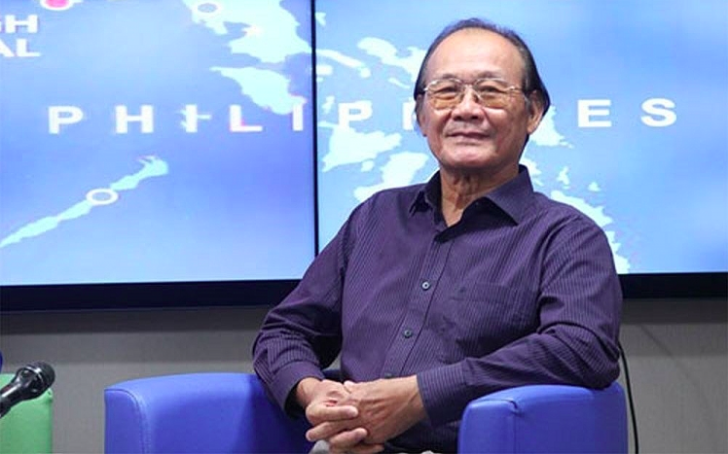 |
| Dr. Tran Cong Truc, former chief of Government Border Committee, vice chairman of Vietnam - Philippines Friendship Association |
Although the Republic of the Philippines and the Socialist Republic of Vietnam are not bordering countries, they are both members of the Association of Southeast Asian Nations (ASEAN) and are neighbors sharing a common Bien Dong Sea (known internationally as the South China Sea).
In the current context, the Bien Dong Sea has sea areas, continental shelves, and islands. There are complicated disputes and disagreements that need to be resolved by peaceful means in accordance with the principles of the law and international practice. The most prominent and most complicated is the disagreement and dispute over the right to acquire territory for the Truong Sa archipelago.
The legal and historical document on the territory of the Philippines is the Paris Agreement was signed in 1898 between the United States and Spain, when Spain handed over the Philippines to the United States for management. In this agreement, the territory of the Philippine archipelago does not include Vietnam's Truong Sa archipelago (Spratly Islands).
However, in the early 1950s, the Philippines began to dispute sovereignty over the Spratly Islands with the event that President Quirino declared that the Spratlys should belong to the Philippines on the grounds that it was near the country.
From 1971 to 1973, the Philippines sent troops to occupy five islands; in 1977-1978 they occupied two more islands; the Decree of President Marcos signed on June 11, 1979, merged the entire Spratly archipelago, excluding the Spratly Islands, into one administrative unit, called Kalayaan, in the Philippine territory.
In 1980, the Philippines occupied one more island to the south of Truong Sa, which is Cong Do island. Up to now, the Philippines has occupied 10 positions in this archipelago, including seven islands, coral reefs and three shoals and reefs.
When conducting occupation in the Spratly Islands of Vietnam, the Philippines considered these places to be adjacent to their territory. But, from the legal perspective of the right to acquire territory, this view is invalid and not recognized in international law and practice. In fact, there are many territories of this country that are located next to the territory of other countries: Hawaii of the United States is near Japan and Korea, while Phu Quoc of Vietnam is near Cambodia.
| On the Vietnamese side, through different polities in history, Vietnam has officially protested against any encroachment in the Spratly Islands under Vietnam's sovereignty; it has always showed its stance and goodwill to settle disagreements and disputes by peaceful means, in accordance with the principles of current international law and practice. |
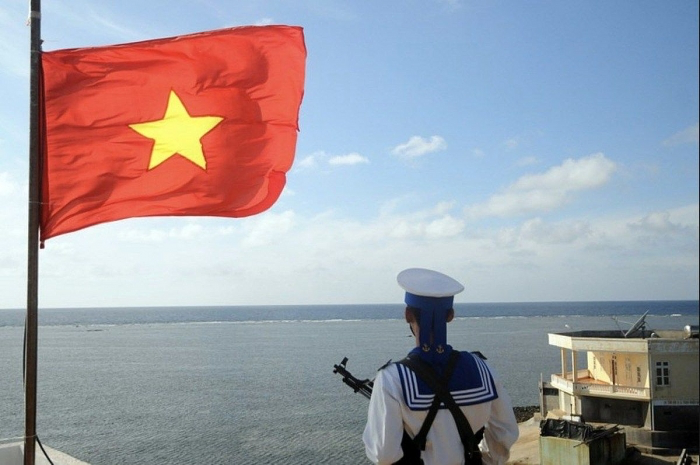 |
| Photo: Asiatimes |
To ease tensions between the two countries, on Nov. 7, 1995, Vietnam and the Philippines held negotiations. As a result, an agreement was signed on nine basic principles of conduct for disputed waters and islands in the Bien Dong Sea, including the two sides agreeing through negotiation and peace to find basic solutions to the sovereignty dispute over the Spratly Islands; self-restraint not to use or threaten to use force, promote bilateral or multilateral cooperation in the protection and preservation of the marine environment, scientific research, meteorology, disaster prevention, search and rescue, combating piracy and controlling marine environmental pollution, protecting marine resources in the Spratly archipelago; ensuring freedom of navigation in accordance with the practice of international law, especially the 1982 Law of the Sea Convention; step by step strengthening cooperation and completely settling the sovereignty dispute over the Spratly Islands.
The content of the agreement between the two sides has contributed to maintaining a peaceful and stable environment at sea, which is the basis for continuing negotiations on the overlapping waters between the two countries. Currently, Vietnam and the Philippines are continuing their efforts to find basic solutions based on the principles of international law and the provisions of the 1982 Convention on the Law of the Sea to settle disputes by peaceful means.
During the period 1995-2007, on the basis of peaceful negotiations, Vietnam and the Philippines conducted four joint surveys and scientific research on the sea. The first time was in 1997 and followed by 2000, 2004 and 2007. This is a model of joint scientific research cooperation in the sea, which is being proposed to be expanded in composition and elevated to a regular institution. However, due to the complicated situation of the Bien Dong Sea area, the two sides' views regarding sovereignty over the Spratly Islands still have differences.
Therefore, from 2008 to 2015, Vietnam and the Philippines did not carry out a joint scientific research program on the sea, but the two countries remained committed to maintaining peace and stability in the Bien Dong Sea region.
On Oct. 26, 2010, in Hanoi, a meeting took place between former President Nguyen Minh Triet and Philippine President Benigno S.Aquino III during his visit to Vietnam. During the talks, the two senior leaders of the two countries affirmed that peace and stability in the Bien Dong Sea are the common aspirations and interests of countries in the Bien Dong Sea region and it is important to strictly implement the DOC. They agreed to proceed with the drafting and work towards the adoption of the COC.
The two countries continue to make efforts to find basic solutions based on basic principles of international law, principles of international law of the sea, provisions of UNCLOS 1982, and settle all disputes by peaceful means.
Recently, especially from the beginning of 2021 until now, to prevent and respond to China's actions in the Bien Dong Sea, violating the legitimate rights and interests of countries surrounding the Bien Dong Sea, Vietnam and the Philippines have all shown solidarity and support for each other, unifying their position of respecting international law to settle all disputes at sea by peaceful means.
In the immediate future, it is necessary to persistently negotiate the content of the Code of Conduct in the Bien Dong Sea so that it becomes a legally effective document to resolve all complicated relationships occurring in the Bien Dong Sea. At the same time, the code also ensures both the protection of the legal rights of all relevant countries and contributes to keeping the Bien Dong Sea a sea of peace, stability, cooperation and development. It helps to meet the common aspirations of the regional and international community, in the context of the current unpredictable changes in political, economic, security and defense relations.
About the author
Dr. Tran Cong Truc, former Chief of the Government’s Border Committee is the first man in Asia to translate the 1982 United Nations Convention on the Law of the Sea. He has published many books and documents relating to Vietnam’s sovereignty in the Bien Dong Sea. Among them there are remarkable books, such as the “Imprints of Vietnam in the Bien Dong Sea,” “100 Questions about the Bien Dong Sea,” and “Summary Record of Hoang Sa.” |
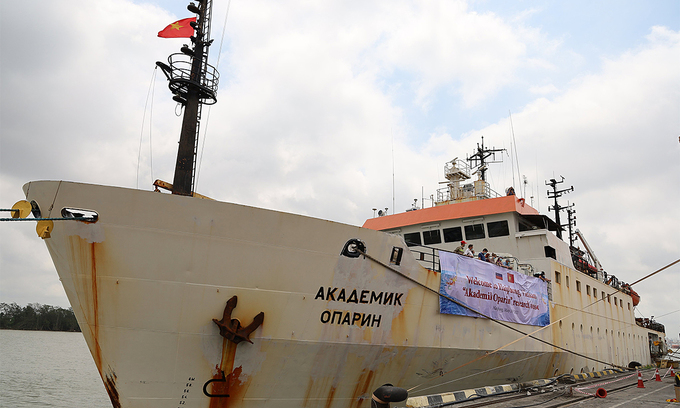 | Study of East Sea conveyed by Vietnamese experts from Russian vessel 36 researchers carried by Russian research ship Akademik Oparin arrived in Vietnam in one-month tour to study marine life on East Sea. |
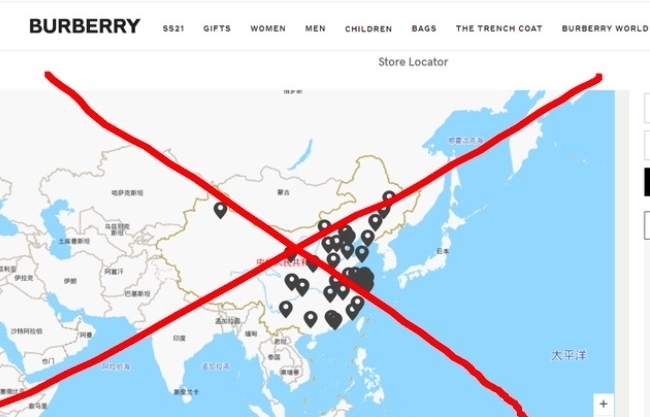 | Following H&M, a chain of world's big fashion brands such as Gucci, Chanel, Louis Vuitton, YSL, Uniqlo, Zara,.. also posted the map showing China's illegal ... |
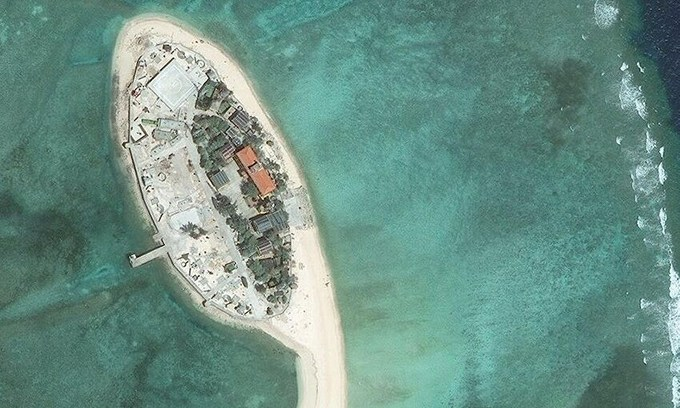 | Vietnam asked China to end East Sea sovereignty violations Foreign Ministry spokesperson Le Thi Thu Hang has stated China's violation to Vietnam's sovereignty near the Spratly Islands and demanded China to end this action. |
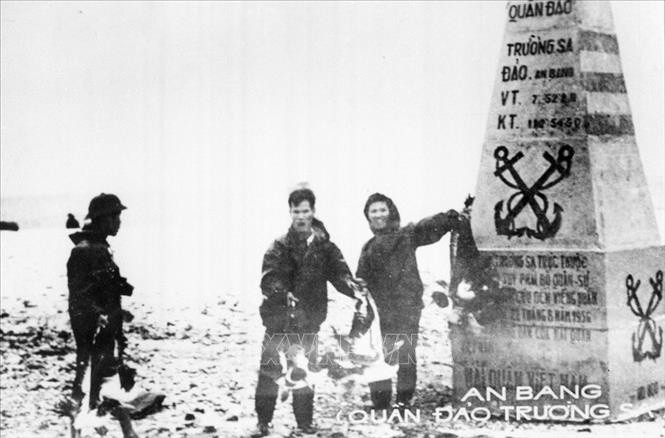 Focus
Focus
Truong Sa (Spratly) 1988 - Dossier on Historical Incident: Diplomacy and Reality
Recommended
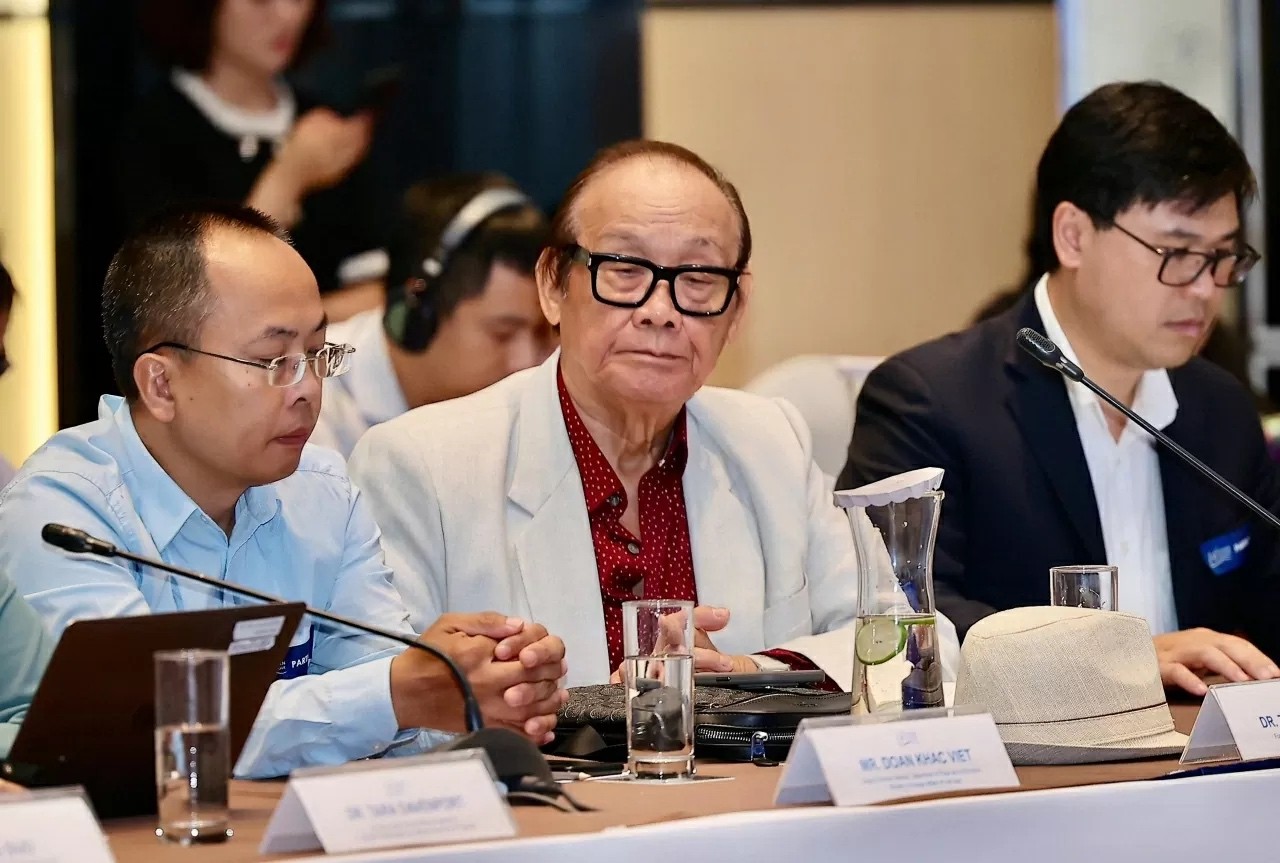 Seas and islands
Seas and islands
Vietnam Endorses Common Voice on Ocean Jurisdiction
 Seas and islands
Seas and islands
Dialogue as Key to Settling Disputes and Advancing Law of the Sea
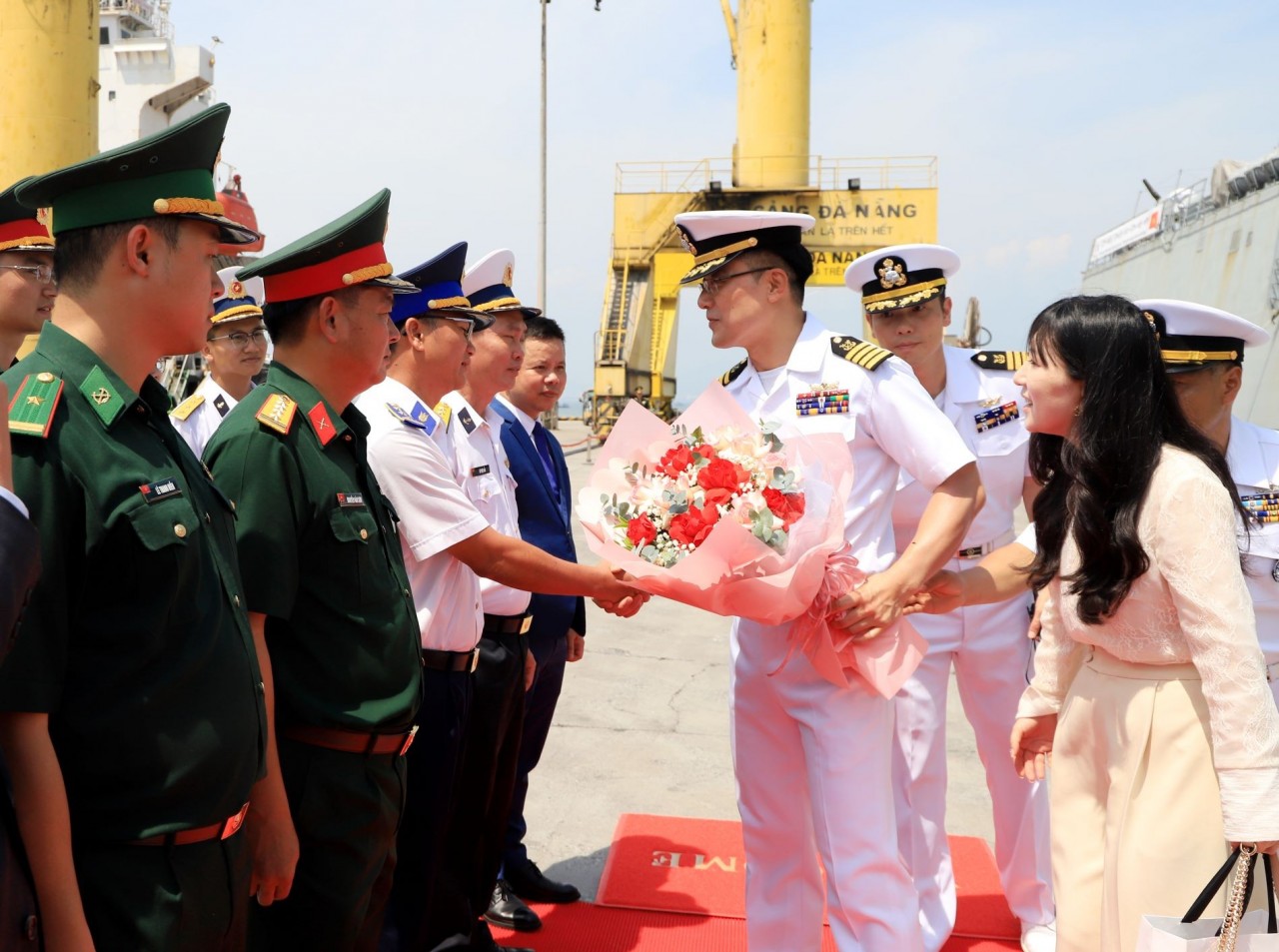 Seas and islands
Seas and islands
RoK Navy Ship Pays Friendly Visit to Da Nang City
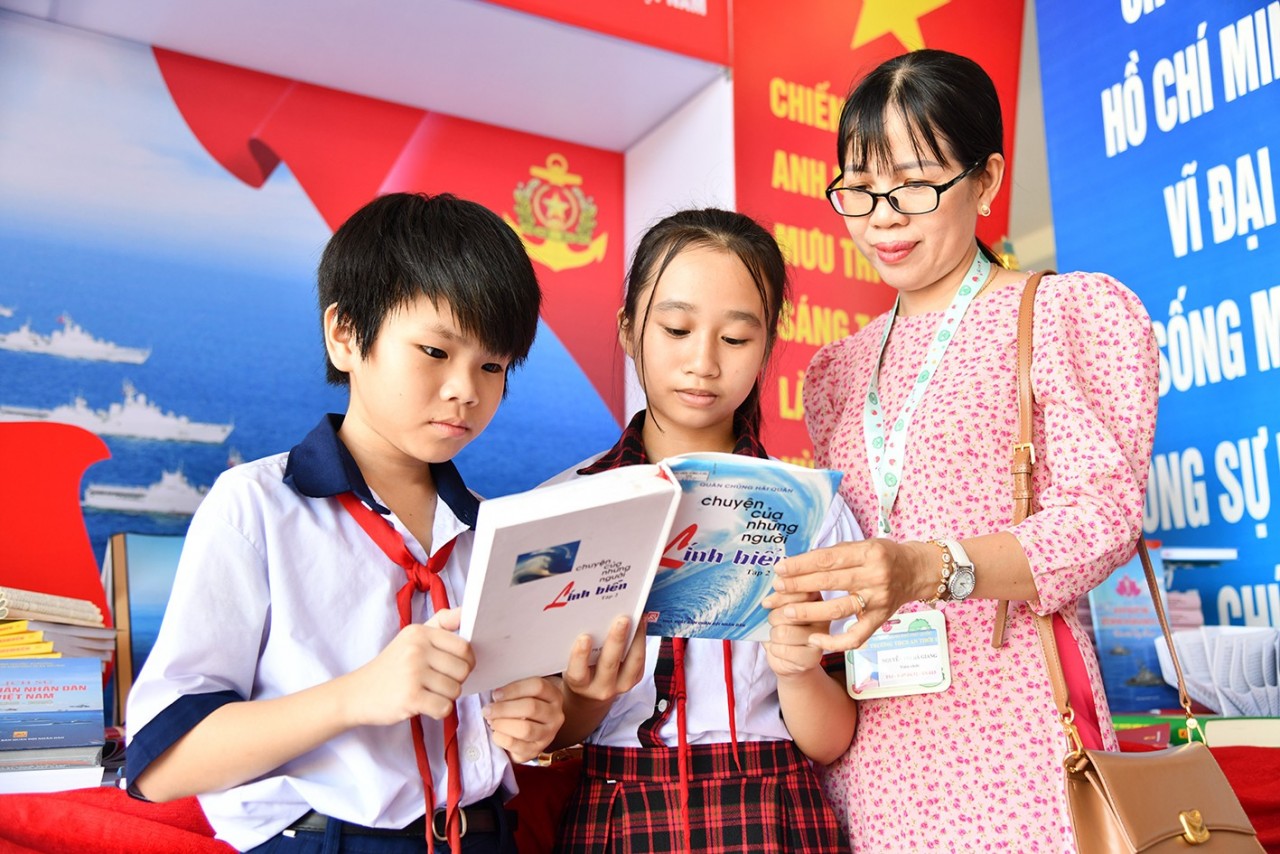 Seas and islands
Seas and islands
Naval Region 5 Promotes Reading Culture, Fosters Patriotism
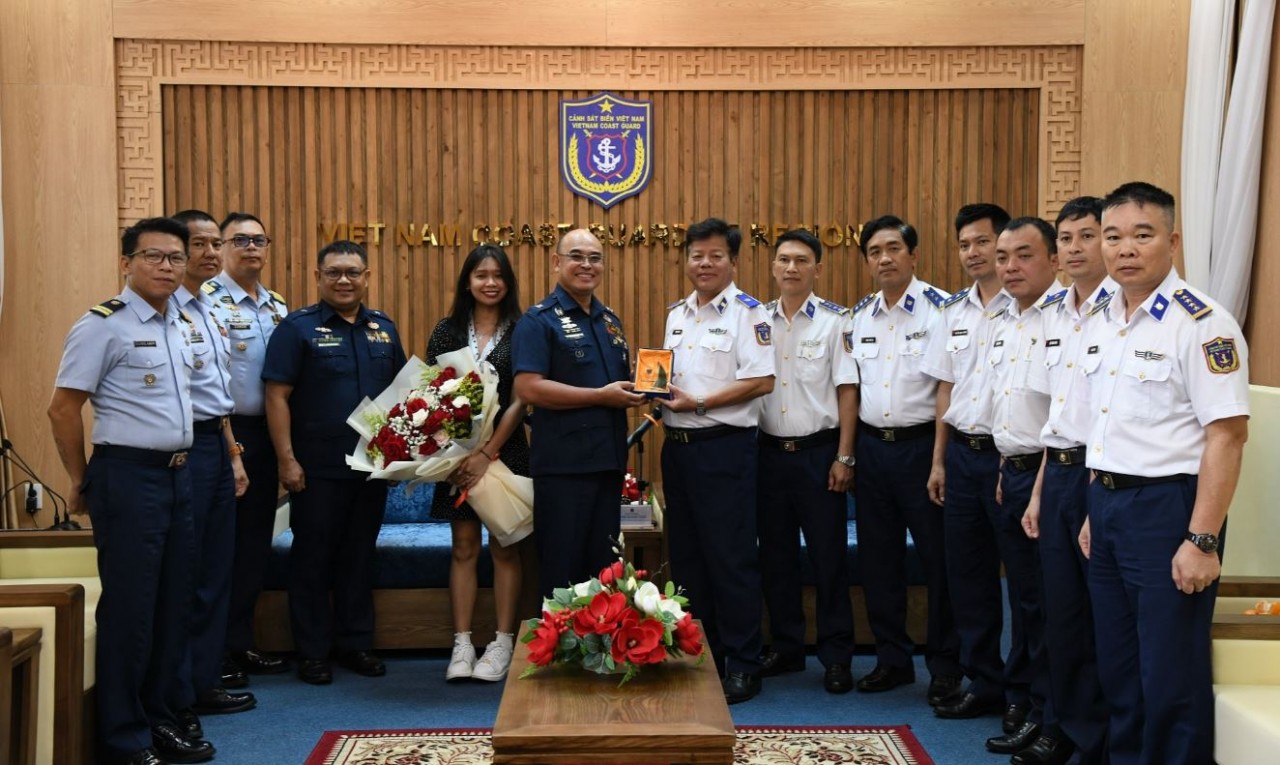 Seas and islands
Seas and islands
Coast Guard Region 2 Command Hosts Philippine Coast Counterpart
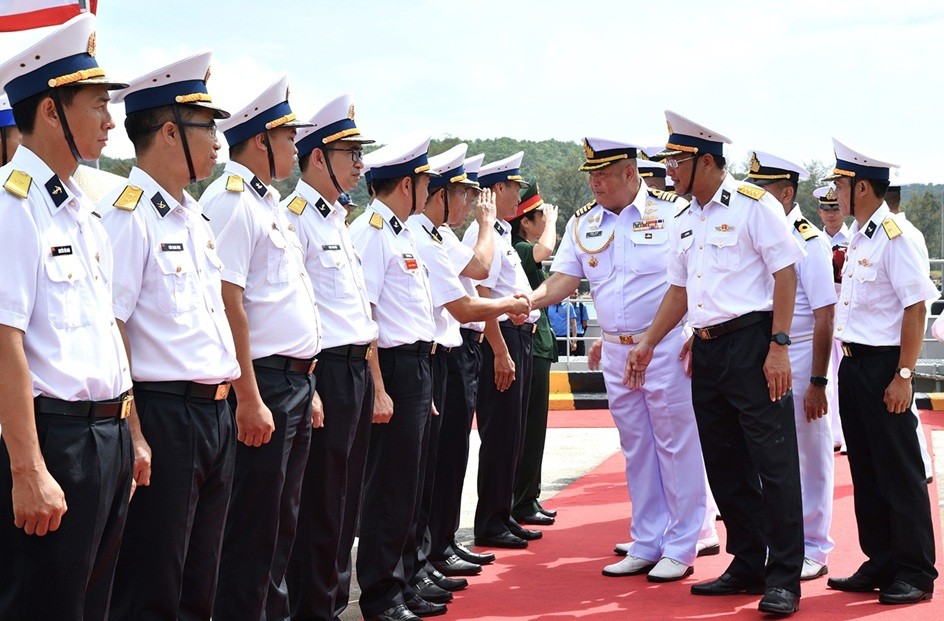 Seas and islands
Seas and islands
Vietnam - Thailand Navy: Coordination to Well Address Problems at Sea
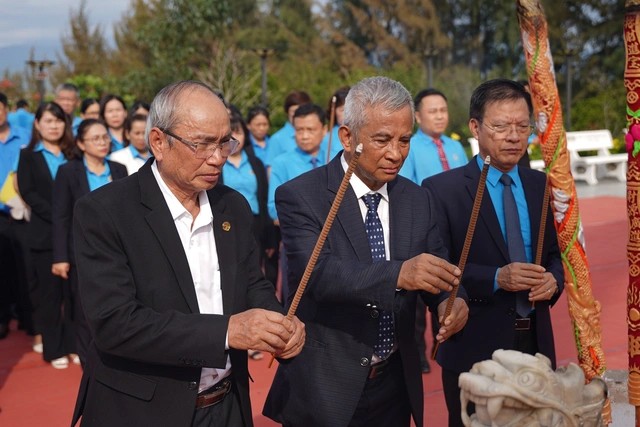 Seas and islands
Seas and islands
Honoring the Fallen: Incense Offering for the 37th Anniversary of Gac Ma
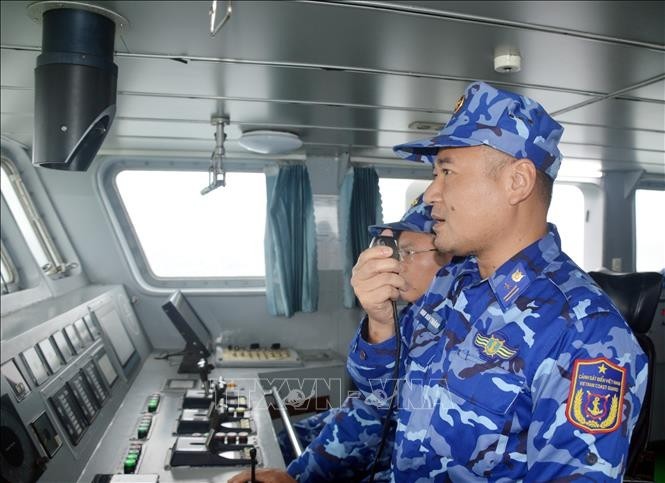 Seas and islands
Seas and islands

